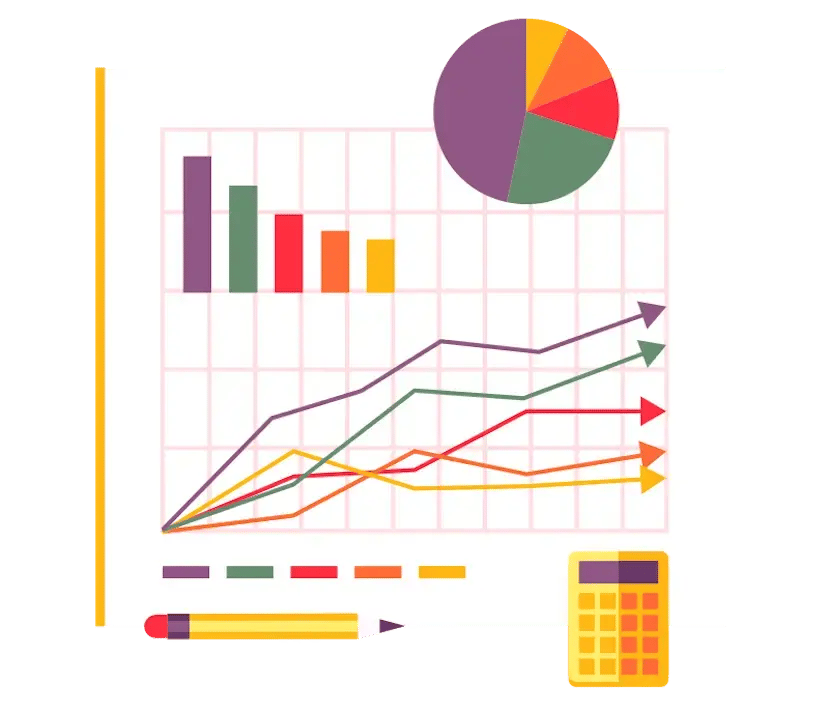Statistics Exercises
Teaching statistics? Grasple offers curated lessons and exercises on statistics, probability and research methods. Get access and enhance your education.

Open Exercises
Below you find a list of all the lessons and exercises on statistics, probability and research methods, that are open or will be released with an open license. These materials have been created by Grasple over the past five years in collaboration with different universities. All of these will be released with an open Creative Commons license in the coming months. To access materials that are not yet CC licensed, you can create a free teacher account.
Introduction
Descriptive Statistics
- 14Mode
- 24Mean
- 21Median
Graphs and Charts
- 18Box plot
Inferential Statistics
-
16
Standard Error
-
12
Central Limit Theorem
Statistical Estimation
-
8
Point Versus Interval Estimates
-
10
Confidence Intervals for the Mean (conceptual)
-
10
Student's t-Distribution (conceptual)
-
5
t-Distribution
Hypothesis Testing
-
9
Hypothesis Testing (conceptual)
-
7
Type-I and Type-II Errors
-
9
P-Value (conceptual)
-
12
P-Value and Calculations
-
11
Power
-
9
Choosing a Suitable Statistical Test
Statistical Tests
-
9
t-Test 1 Sample
-
12
t-Test 2 Samples
-
11
F-Test
-
5
t-Test 2 Samples: Equal Variances
-
6
t-Test 2 Samples: Unequal Variances
-
6
t-Test 2 Samples: Paired Samples
-
6
ANOVA
-
14
ANOVA Calculations
-
10
F-Table
Z-Score
-
19
Z-Score
-
14
Value to Probability
-
14
Probability to Value
-
11
Z-Table
-
6
Probability Intervals
Z-Test
-
5
Z-score to Z-test
-
8
Z-test
-
27
Calculate confidence Intervals using Z-distribution
Relations (interval/ratio)
-
7
Relations





